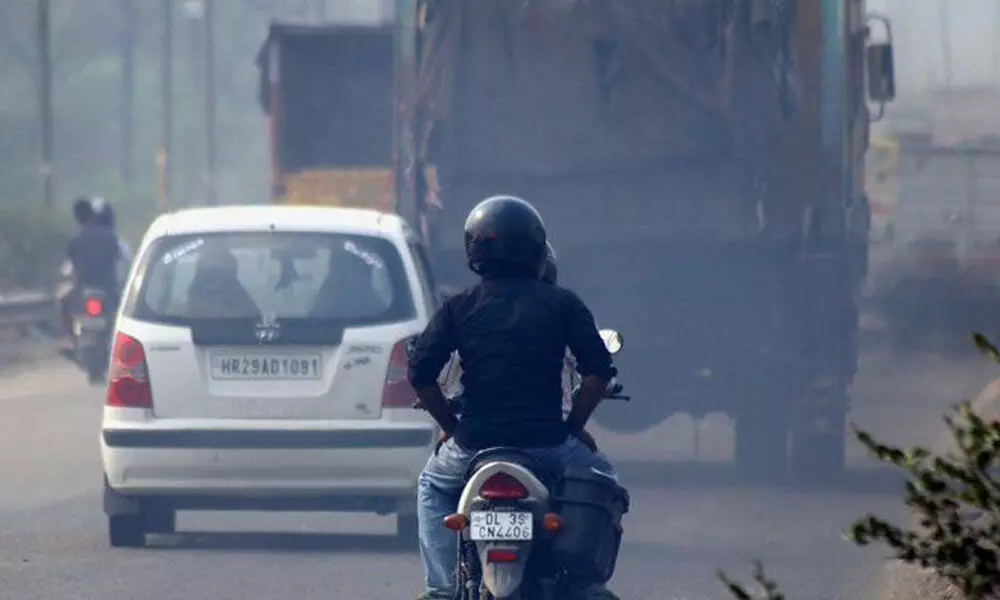Pollution could cut life expectancy by 9 years in North India

Pollution could cut life expectancy by 9 years in North India
India's air pollution levels have expanded geographically over time and increased so much in Maharashtra and Madhya Pradesh that an average person is now losing an additional 2.5 to 2.9 years of life expectancy, according to a new report.
New Delhi: India's air pollution levels have expanded geographically over time and increased so much in Maharashtra and Madhya Pradesh that an average person is now losing an additional 2.5 to 2.9 years of life expectancy, according to a new report.
India is the most polluted country in the world, with more than 480 million people or about 40 per cent of its population living in the Indo-Gangetic plains in the north where pollution levels regularly exceed those found anywhere else in the world by an order of magnitude, stated the University of Chicago's Air Quality Life Index (AQLI) report. The study by the varsity's Energy Policy Institute ascertains how much longer a person can live if they breathe clean air. Residents of northern India are on track to lose more than nine years of life expectancy if pollution levels of that of 2019 persist as the region experiences the most extreme levels of air pollution in the world, it said.
In 2019, India's average particulate matter concentration was 70.3 microgram per cubic meter (µg/m3 ), the highest in the world and seven times the World Health Organisation's guideline of 10 µg/m3, the report said. It said that alarmingly India's high levels of air pollution have expanded geographically over time. For Bangladesh, India, Nepal and Pakistan, the AQLI data reveals that the average person would live 5.6 years longer if pollution were reduced to meet the WHO guidelines, it said. "Due to South Asia's high population and pollution concentrations, the region accounts for 58 per cent of total life years lost due to particulate pollution exceeding the WHO guideline," it said.
The benefits of clean air policy are even greater in the Indo-Gangetic plains, where 480 million people regularly breathe pollution levels that exceed those found in Europe and North America by an order of magnitude, the report said.












